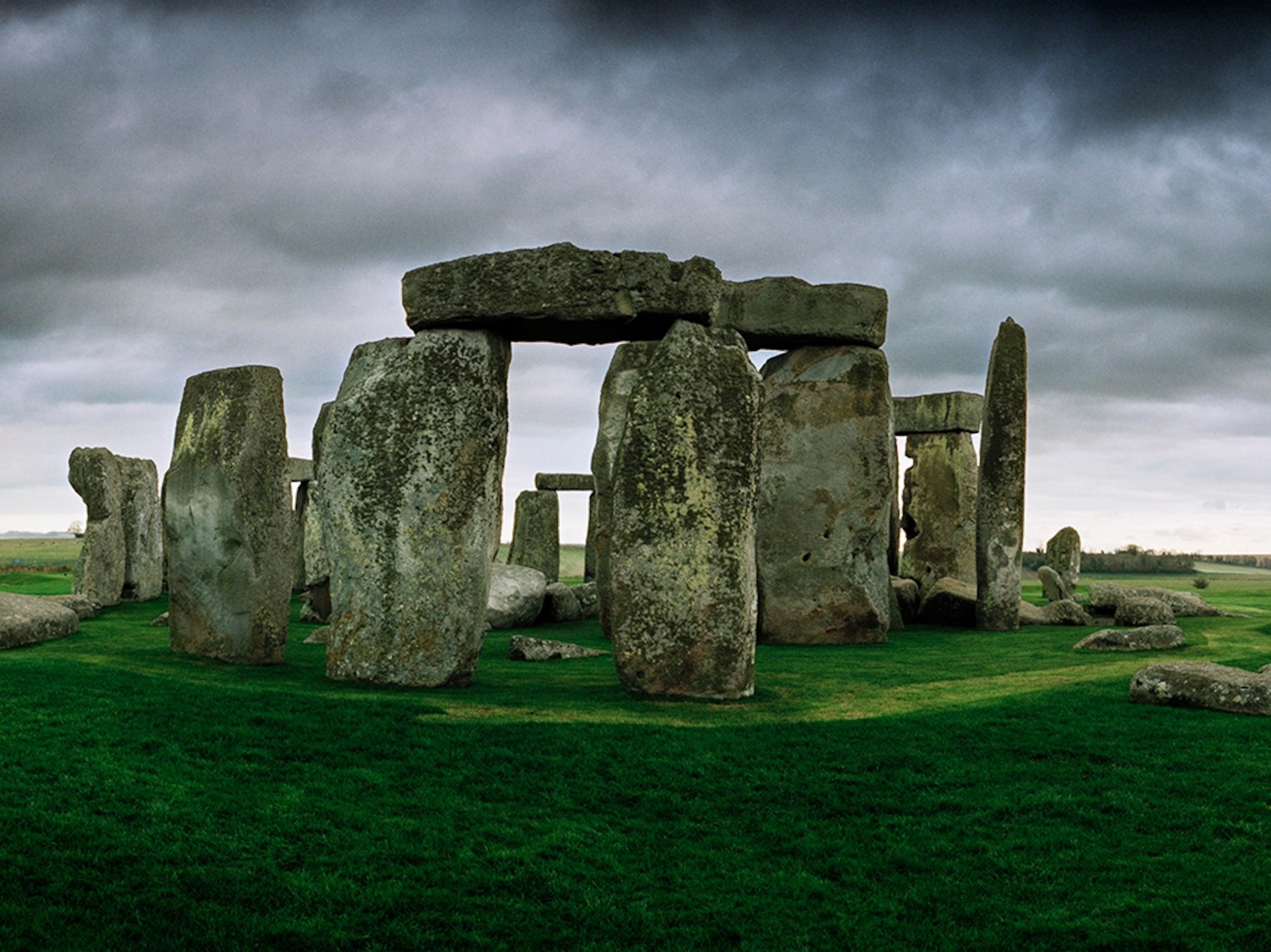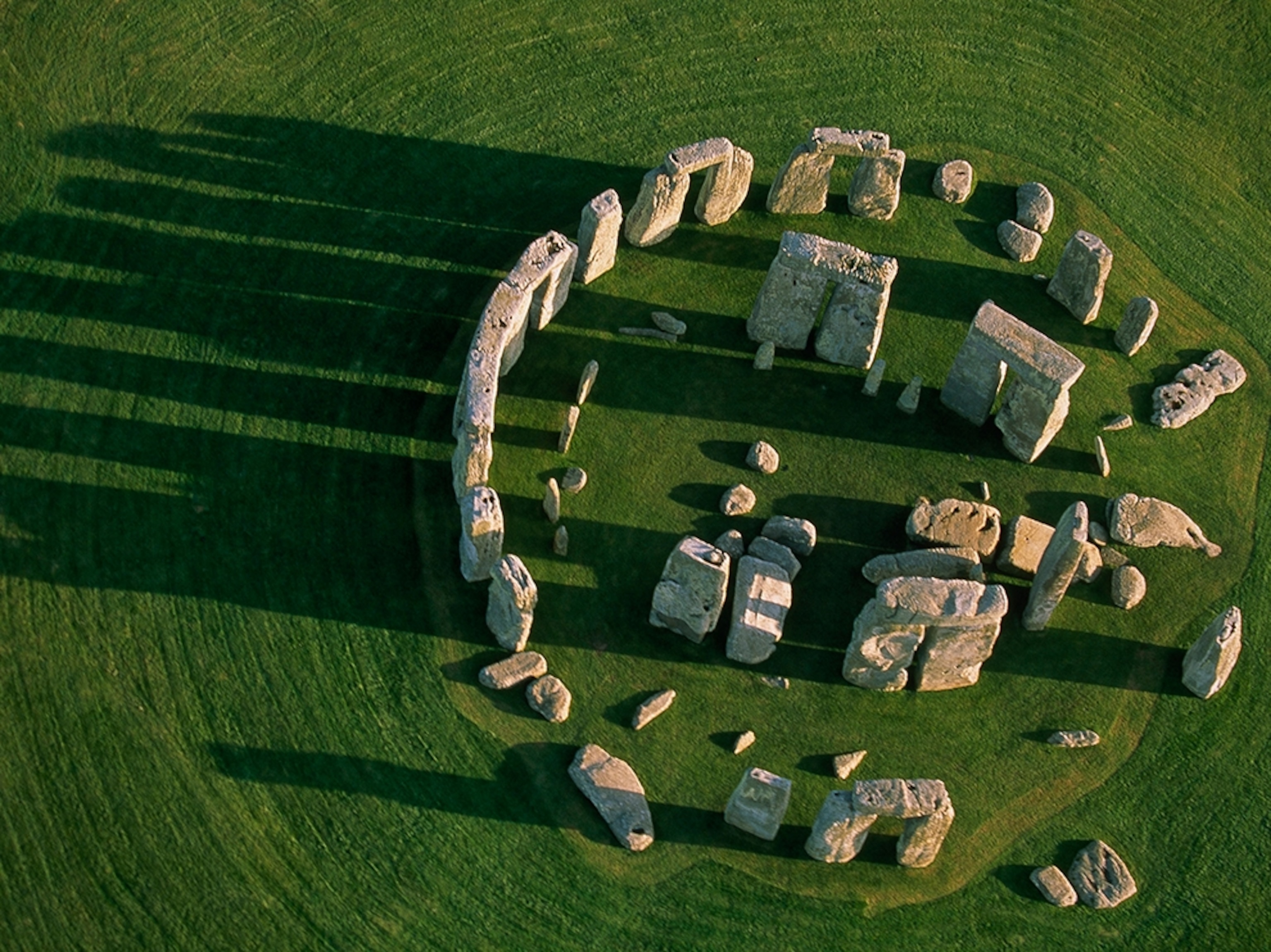Photograph by Steve Vidler, eStock Photo
World Heritage Site Pictures: Stonehenge
Dating to around 2500 B.C. and situated on a landscape rich with the remnants of ancient life and ceremony, Stonehenge has been an enduring source of speculation. Who erected it and how? What was its purpose? Though recent discoveries have answered many questions about its origins, the long-studied monument remains enigmatic.
November 24, 2015
- National Geographic Expeditions
Travel with National Geographic












